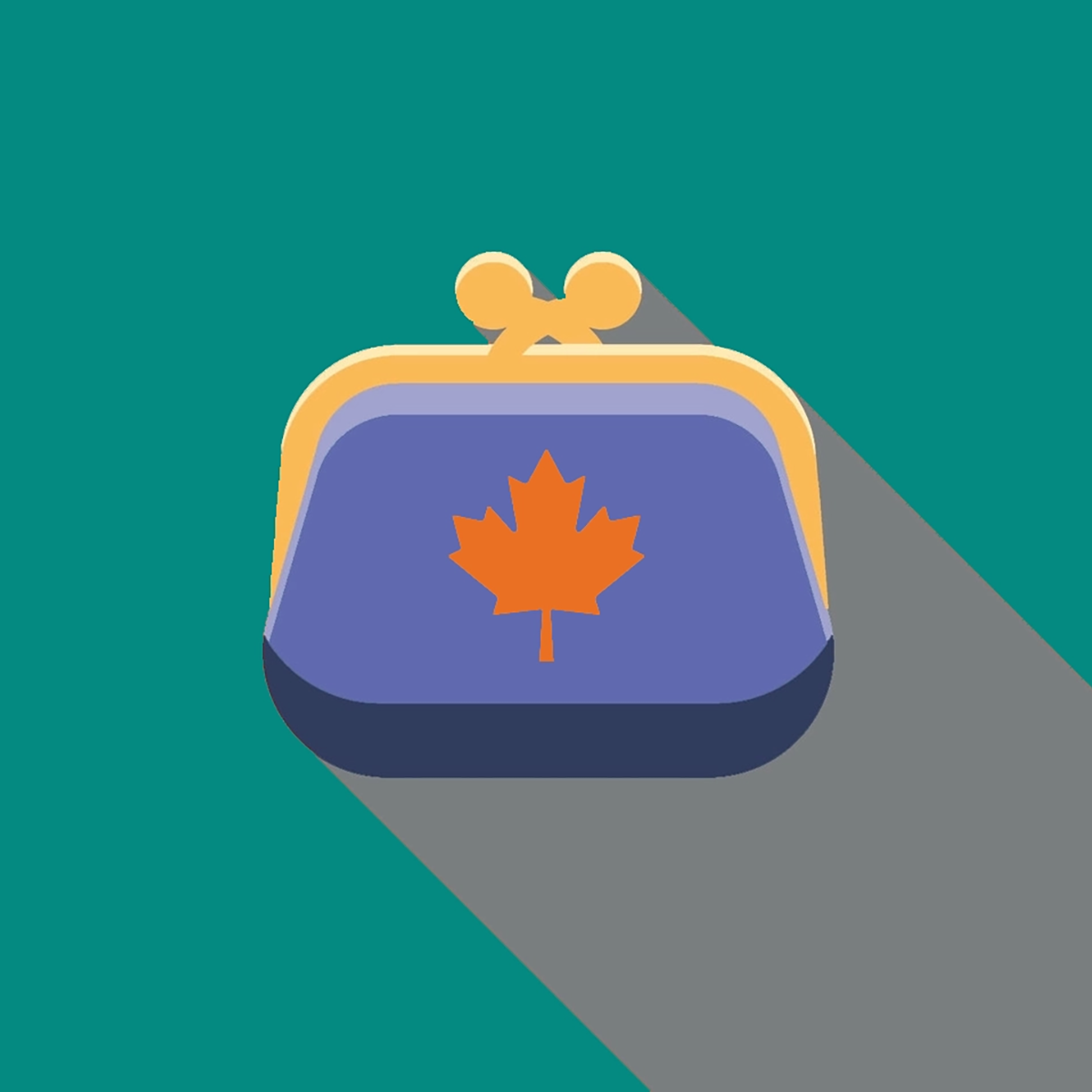Opinion: Why I don't want a tax refund next year
Spring is in the air, and your taxes have been filed. Are you expecting a nice, juicy refund? In 2022, more than half of the returns processed by the Canada Revenue Agency had a refund. The average amount was $2,093, according to Statistics Canada. Is that good news? Not necessarily.
Sure, that extra bump in your bank account feels good, and that makes sense, but as an accountant I tend to look at tax refunds a little differently.
A refund feels like 'found money' — but is it?
A refund may feel like an unexpected windfall, and you may be tempted to use it to:
- take a vacation or day trip
- have dinner at your favourite restaurant
- buy theatre or concert tickets
- get a puppy
- go for a fresh shave or haircut
- buy new sneakers
Or maybe you want to do something more sensible, such as:
- renew your bikeshare membership
- beef up your emergency fund
- pay down debt
- invest
Getting a refund may feel great in the moment, but sometimes you are better off financially if you get nothing back, or even if you owe a small amount of tax. Getting a refund can mean that you've been overpaying your taxes throughout the year — though it can also be because you claimed refundable tax credits.If you're getting a chunk of money back because you've paid too much in tax, consider this: the CRA doesn't pay you interest for the use of your money! Instead of waiting months to receive your refund, wouldn't you rather have that cash throughout the year? Especially in this period of high inflation and interest rates where they are, maximizing your monthly cash flow can help keep your budget on track.
How to increase your year-round cash flow
1. If you're an employee
When you first started working, you completed a form called the TD1 Personal Tax Credits Return. It's used by your employer to determine the amount of your federal tax deductions (there are similar forms for the provinces and territories). When you fill out this form, you have the opportunity to lower your taxable income beyond just the basic personal amount ($15,000 in 2023), by accounting for deductions such as eligible tuition payments or the amount for an eligible dependant. Including these deductions can lower the amount of income tax that's subtracted from your paycheque. You might wind up with a lower tax refund in the spring, but throughout the year you'll be remitting less tax to the government, so your net pay can be higher.
If your personal circumstances have changed since you started your job — for example, if you got married, had a child, or started to care for aging parents — this may impact some of the tax credits you're entitled to, so make sure you file an updated TD1.
In The Grumpy Accountant, author Neal Winokur writes, "If you currently receive a large tax refund every year, and you would rather keep that money throughout the year instead of waiting until tax refund time, then fill out and file form T1213 Request to Reduce Tax Deductions at Source."
This form, which usually must be filed every year, asks the CRA for reduced tax deductions at source for any deductions, credits, or non-refundable tax credits not included on Form TD1 above. Examples include Registered Retirement Savings Plan (RSP) contributions, child care expenses, medical expenses, and donations, to name a few.
2. If you're self-employed or a sole-proprietor
In this case, you're responsible for remitting your own income tax to the CRA. You have to pay in instalments if your net tax owing is more than $3,000 in the current year and either of the two previous years (the amount is different for people who live in Quebec). Instalments are due quarterly on March 15, June 15, Sept. 15 and Dec. 15. Through your CRA MyAccount, you'll receive a reminder that will explain your options for calculating your instalment payments. Depending on which option you choose, you may be able to reduce or eliminate the amounts you're required to pay.
Getting a tax refund is nice, but it's not always a cause for celebration. Depending on your circumstances, it can be an opportunity to increase your cash flow year-round.


